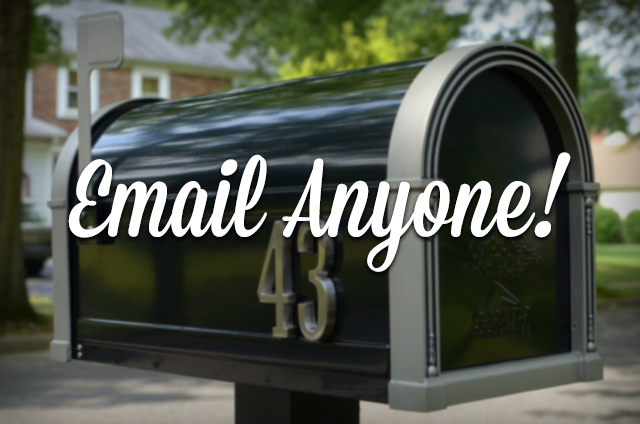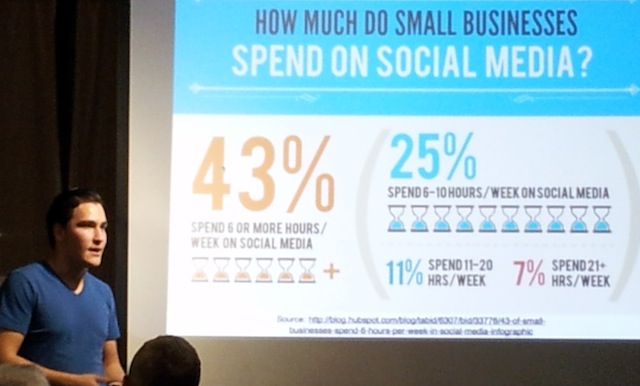LinkedIn has become an indispensable tool for professionals around the world, serving as a digital resume, networking platform, and career development resource all in one. One of the most critical sections of your LinkedIn profile is the Experience section, where you showcase your professional journey, highlight your achievements, and demonstrate your skills. A well-crafted Experience section can significantly enhance your profile’s visibility and attractiveness to recruiters, potential employers, and industry peers. This article provides a detailed guide on how to effectively add and optimize your experience on LinkedIn.
Why the Experience Section Matters
The Experience section of your LinkedIn profile is more than just a list of jobs. It’s a narrative of your professional growth, demonstrating your expertise, accomplishments, and the impact you’ve had in your roles. A thoughtfully curated Experience section:
- Highlights Your Career Path: Showcasing your progression from one role to another helps others understand your career trajectory and growth.
- Demonstrates Your Skills: By detailing your responsibilities and achievements, you provide evidence of your skills and capabilities.
- Enhances Credibility: Including specific accomplishments and metrics builds your credibility and makes your profile more compelling.
- Improves Visibility: An optimized Experience section increases your chances of appearing in search results, attracting more views from recruiters and professionals.
Step-by-Step Guide to Adding Experience
Adding experience to your LinkedIn profile is a straightforward process, but doing it effectively requires attention to detail and a strategic approach. Here’s a step-by-step guide to help you create a powerful Experience section.
- Log into Your LinkedIn Account: Open LinkedIn and log in with your credentials. Navigate to your profile by clicking on your profile picture or name.
- Access the Experience Section: Scroll down to the Experience section of your profile. If you’re adding experience for the first time, click on the “Add profile section” button and select “Experience.” If you’re updating existing entries, click the “+” icon next to the Experience heading.
- Enter Your Job Title: In the “Title” field, enter your job title. Be specific and use commonly recognized titles to improve your profile’s visibility in searches.
- Add Your Company: In the “Company” field, start typing the name of your employer. LinkedIn will suggest companies from its database; select the correct one. This ensures that your experience is linked to the company’s LinkedIn page.
- Specify Employment Dates: Enter the start and end dates for your role. If you’re currently employed in this position, check the “I currently work here” box.
- Describe Your Role and Responsibilities: In the “Description” field, provide a detailed account of your responsibilities, achievements, and the impact you had in your role. Use bullet points for clarity and focus on quantifiable accomplishments. For example:
- “Led a team of 10 software developers to deliver a project ahead of schedule, reducing costs by 15%.”
- “Increased sales by 25% through the implementation of a new customer relationship management system.”
- Add Skills and Media: Enhance your entry by adding relevant skills and media, such as links to projects, presentations, or articles. This provides tangible evidence of your work and can make your profile more engaging.
- Save Your Entry: After filling in all the necessary details, click “Save” to add the experience to your profile.
Optimizing Your Experience Section
Adding your experience is just the beginning. Optimizing this section ensures that it effectively showcases your strengths and attracts the right attention. Here are some tips to optimize your LinkedIn Experience section:
- Use Keywords Strategically: Incorporate industry-specific keywords and phrases relevant to your role and skills. This improves your profile’s searchability and aligns it with job postings.
- Highlight Achievements: Focus on your accomplishments rather than just listing tasks. Use metrics and data to quantify your achievements (e.g., “Increased revenue by 20%,” “Managed a $1M budget”).
- Be Concise and Clear: While it’s important to be detailed, avoid lengthy paragraphs. Use bullet points to break up text and make it easier for readers to scan.
- Show Career Progression: Demonstrate how your roles have evolved over time. Highlight promotions, increased responsibilities, and any lateral moves that show your versatility.
- Include Relevant Skills: Highlight key skills related to each role. This not only demonstrates your expertise but also helps your profile appear in more search results.
- Add Multimedia: Where relevant, include links to projects, presentations, articles, or videos. This enriches your profile and provides concrete examples of your work.
- Seek Endorsements and Recommendations: Ask colleagues, supervisors, and clients to endorse your skills and write recommendations. This third-party validation can significantly boost your profile’s credibility.
Common Mistakes to Avoid
While adding and optimizing your experience section, be mindful of common mistakes that can detract from your profile’s effectiveness:
- Being Too Vague: Avoid vague descriptions like “Responsible for various tasks.” Be specific about your responsibilities and achievements.
- Overloading with Jargon: While industry-specific terms are important, excessive jargon can make your profile difficult to understand for a broader audience.
- Neglecting Updates: Regularly update your profile to reflect new roles, achievements, and skills. An outdated profile can give the impression that you’re not actively engaged in your career.
- Ignoring Spelling and Grammar: Errors can undermine your professionalism. Proofread your entries carefully to ensure they are error-free.
- Overemphasizing Minor Roles: While it’s important to include all relevant experience, avoid overemphasizing minor roles or temporary positions unless they significantly contributed to your career development.
Leveraging LinkedIn for Career Advancement
An optimized Experience section is a powerful tool for career advancement. Here’s how you can leverage LinkedIn to further your professional goals:
- Networking: Connect with colleagues, industry leaders, and potential employers. Personalize your connection requests to explain why you want to connect.
- Engaging with Content: Share articles, comment on posts, and engage with your network’s content. This increases your visibility and demonstrates your industry knowledge.
- Joining Groups: Participate in LinkedIn groups related to your industry. Engage in discussions, share insights, and build your professional community.
- Showcasing Thought Leadership: Publish articles and posts to share your expertise. This positions you as a thought leader and can attract more profile views.
- Using LinkedIn Learning: Take advantage of LinkedIn Learning to develop new skills and stay current with industry trends. Add completed courses to your profile to showcase your commitment to continuous learning.
Conclusion
The Experience section of your LinkedIn profile is a critical component of your professional identity. By carefully adding and optimizing your experience, you can effectively showcase your skills, achievements, and career progression. This not only enhances your profile’s attractiveness to recruiters and employers but also strengthens your overall professional brand.
Remember to regularly update your profile, use strategic keywords, and highlight your accomplishments with quantifiable data. Engage with your network, seek endorsements and recommendations, and leverage multimedia to provide tangible evidence of your work. By following these guidelines, you can maximize the impact of your LinkedIn profile and open doors to new opportunities in your career.
In today’s digital age, a well-crafted LinkedIn profile is not just a resume—it’s a dynamic tool for professional growth and networking. Take the time to build a comprehensive and compelling Experience section, and you’ll be well on your way to making the most of LinkedIn’s powerful platform.


